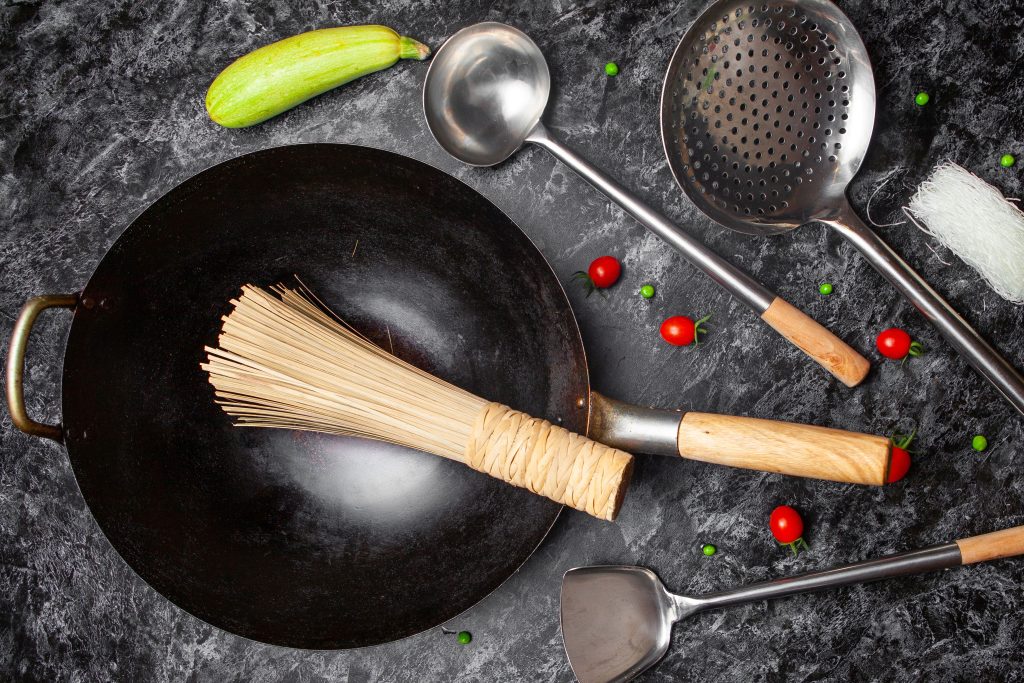
You don’t need a shelf full of fancy pans if you’ve got one great wok. And not just any — carbon steel works stand in a league of their own. They’re raw, responsive, and almost stubborn in the best way. You don’t cook with them gently. You throw ingredients in, the flame roars, and magic happens right in front of you.
A carbon wok doesn’t try to impress with looks. It darkens with time, takes on character, and somehow starts to feel like it belongs in your hand. If you’re after real flavor, intense heat control, and something that gets better every time you use it, there’s no question. You go steel carbon.
Why Carbon Steel Woks Beat the Rest
Let’s get something clear—this isn’t about trends. Stainless might shine, nonstick might be easy, but when you want heat that moves fast and flavor that sticks around, carbon steel delivers. There’s a reason you’ll find it in nearly every serious kitchen from Bangkok to Brooklyn.
It cooks fast. The seasons are deep. And it handles high heat like it’s built for fire, not gentle simmering.
What makes it unbeatable:
- Immediate response: Flick the heat up or down — it reacts instantly.
- Flavor memory: Every layer of seasoning adds depth to future dishes.
- Toss-ready weight: Light enough to move without wrist strain, heavy enough to hold heat steady.
You don’t really own it until you’ve burned it, scrubbed it, seasoned it, cooked with it again, and watched it come into its own.
Picking the Right One for Your Kitchen
There’s a lot of noise online — coatings, colors, brands throwing buzzwords around. But if you’re stocking kitchen equipment that’ll actually work hard, skip the fluff. Look at the shape, weight, welds, and feel.
Here’s how to spot a good carbon steel wok:
- Thickness: Around 1.6 mm gives you heat control without making it a brick.
- Handle setup: One long wooden grip plus a helper loop works best for stir-fry flow.
- Bottom style: Flat works on electric and induction; round belongs on a flame.
The top rated carbon steel wok might not be the flashiest. What you want is balance, a surface that seasons evenly, and a fit that doesn’t feel like you’re lifting weights every time you stir-fry some greens.
How to Treat It Right So It Treats You Back
Your work shows love when you show up for it. First thing out of the box? Strip the factory oil. Heat it till it smokes. Rub it with a neutral oil and let that seasoning build over time.
After every use, just rinse, scrub with a brush, dry it on the stove, and oil lightly. Don’t soak it. Don’t use soap. Keep it simple, and it’ll reward you with a surface that practically tells your food where to go.
Let it become part of your kitchen story. Let it darken. Let it get scratched. That’s how it becomes your kitchen’s best tool.